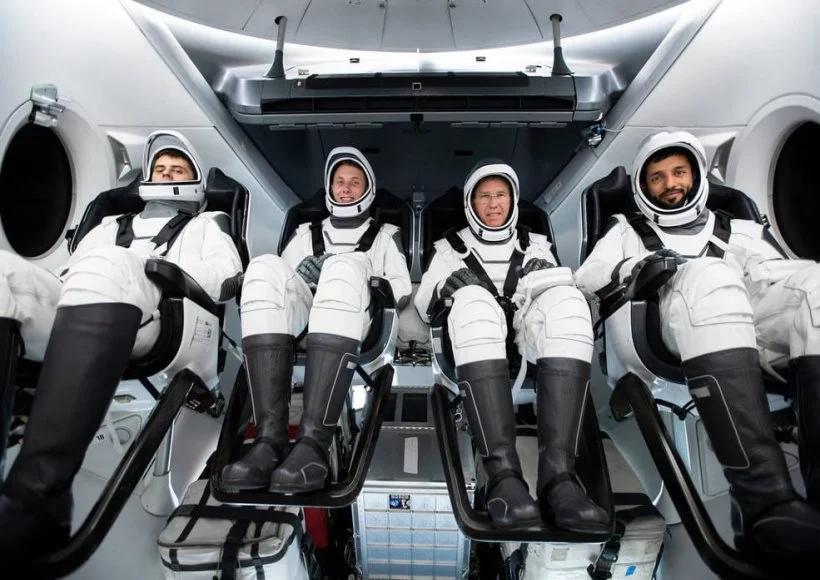The American space agency NASA has decided to develop the Lunar Terrain Vehicle (LTV) to explore the surface of the Moon. A battery-powered Lunar Roving Vehicle was used on the Moon by the astronauts of the Apollo 15, 16 and 17 missions. It is also known as “Moon Buggy”. On Thursday, NASA said that the Lunar Terrain Vehicle (LTV) is the successor to the Buggy and that three companies, Intuitive Machines, Lunar Outpost and Venturi Astrolabe, have been selected by NASA to develop the LTV.
NASA said the vehicle will support scientific research during the agency’s Artemis campaign on the moon. Also, this vehicle will be helpful in conducting scientific research in the preparation of the human mission to Mars.
Vanessa Wich, director of NASA’s Johnson Space Center in Houston, said in a press statement that we look forward to the development of the Artemis generation Lunar Exploration Vehicle, which is being developed to explore the Moon.
“This vehicle will greatly enhance the capabilities of our astronauts on the surface of the Moon, helping them to explore and conduct science,” said Vanessa Wiech. It will also act as a science platform between crew missions.
According to NASA’s plan, LTV is to be used for the Artemis 5 mission. It has to be capable and mature enough to handle the tougher-than-hard conditions at the Moon’s south pole. It requires sophisticated communication and navigation systems. It will also require advanced technologies that can facilitate the process of autonomous driving and power management.
Crewed LTVs will be used to explore the lunar surface, collect samples, and carry scientific instruments over distances difficult to reach on foot. LTV will therefore be important for the operation of many missions.
“We will use LTV to travel to locations we cannot reach,” said Jacob Bleacher, Chief Exploration Scientist at NASA Headquarters in Washington. Which will increase our ability to explore and discover.
NASA will send astronauts to explore the moon via Artemis.











